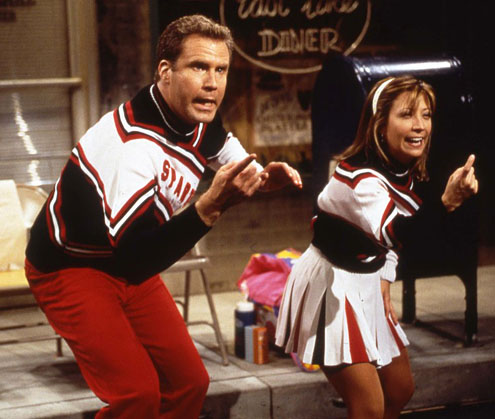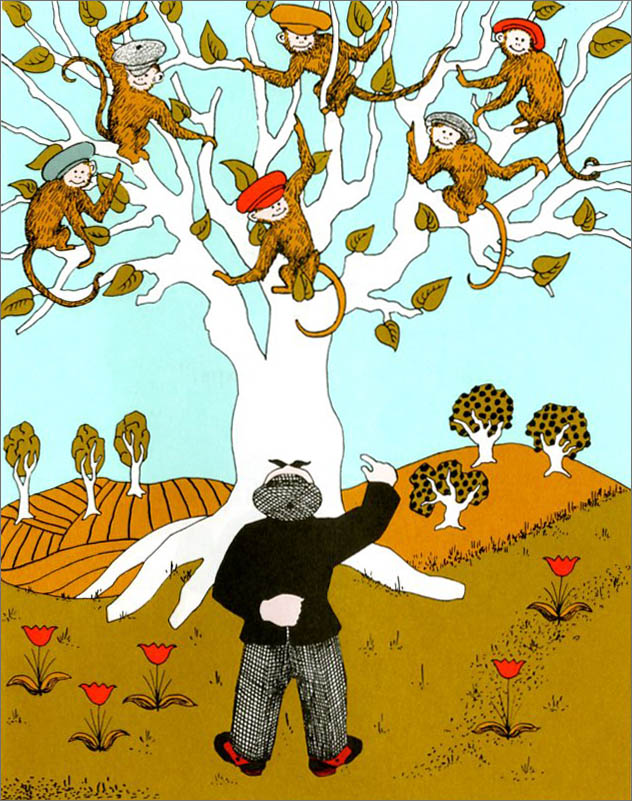While following a Twitter chat the other night, a coach from Colorado posted that she has an HABD (Having a Bad Day) file. It consists of the cards, notes and emails that “refill her bucket.” Later, as I was deleting several texts on my phone, I realized I was struggling to part with some of them as they made me laugh, smile, and reflect while rereading. It turns out they refill my bucket and should be added to my own HABD file. It should also be noted that some of those messages are from Larry--the principal of my building.

In case, you are wondering, his texts are in the blue and mine are the gray. It should go without saying that the relationship between the principal and the coach is the most important relationship when coaching for change within a school. I’ve had conversations with fellow coaches who have no relationship with their principal at all and I’m not sure how success can be found without it. They are frustrated in their roles as coaches and I can understand why. I think every coach should have a Larry.
Figuring It Out
Maybe it is because our personalities mesh, but it didn’t take us very long to figure it out. I spent some time observing, asking questions, and planning how we were going to make it all work. I also had to establish trust between us. I gave myself guiding questions such as: What kind of leader is he? How much can I say? How much should I say? What are his expectations of me? How will I communicate in a manner which will allow him to value what I say and vice versa? And my two most important questions: Is he a reader? and Is he a learner? I was able to find answers quickly. Larry is rarely in his office unless he has to be. (He can't sit still for very long, but he is also often busy making himself visible around the school.) He responds to every voicemail, e-mail, and text. He doesn’t like to be caught off guard-he appreciates having all of the facts and when it involves knowledge that I have—I am sure to provide it. He genuinely cares about his staff, but it always surprises me just how well he knows how many of them tick. He is pretty proud of that and he has every reason to be. His knowledge and understanding often helps me in my role. And for the record, he IS a reader and a learner.
Why it Works
Larry and I meet every week (or biweekly if our schedules get too crazy) but having an open dialogue is a priority. I set the agenda and he listens. Usually I’m filling him in on district literacy initiatives or we use our time to clarify and problem solve together. The bottom line is—our decisions and planning for professional development are based upon where our teachers are at on the learning continuum and what is best for our kids. In our first 4-5 months of meetings, Larry just listened to me. I was making observations, learning my way around the school, the staff, and focused on establishing relationships---with everyone. In our meetings I would share what I felt were some of the triumphs and successes and the baby steps we needed to take as a staff. Although, I sometimes felt that we weren’t moving quickly enough in certain areas (I often still feel this way), Larry brings me back to reality with his usual reassurance, “Patience, my dear. We will get there.”
Larry was also very strategic in helping me to manage my workload. The position is overwhelming in and of itself, but he was careful in how he presented my role to the staff as he didn’t want me to spread myself too thin. Not only does he want the coaching concept to be a success, but he genuinely wants me to be successful in this position.
Working Together for Change
Now that we know how to work together and have the same vision, many of our discussions are more philosophical as to where we are in terms of literacy and we both continue to do a lot of listening. We don't always agree on everything, but Larry is willing to think through my side of an issue and I’m willing to think through his. I also have another advantage, because Larry was once an elementary principal, he has some background in the area of literacy, but he readily admits that he is certainly not an expert. What I respect about him the most is that when it comes to literacy or instructional practices,he will sometimes say, "I still don't have a clue." His advice to fellow administrators is that they too should be willing to make this admission. As the administrator, he sees it as his job to trust and support me because a lot of what I bring is new to him. He is learning right along with the teachers. This is the type of trust that leads to change.
We were in a department chair meeting the other day and one teacher inquired if the role of a coach would still be necessary 3-5 years from now. Larry very diplomatically assured everyone in the room that it would indeed as we are nowhere near the levels of proficiency we need to be at as a school. He spoke to the necessity of utilizing the coaches to make us better teachers as it is one of the best forms of professional development. He also stated that he doesn’t know it all—no one does--but if we listen, we can ALL be better together because he’s learned a lot too. How refreshing it is to have a leader who models that he is a learner.
As we work through some of that discomfort that comes with change, I realize I need to keep some of those texts as my bucket fillers. Luckily, Larry is very supportive and has my back, but I can still scroll through them when I’ve HABD.
















